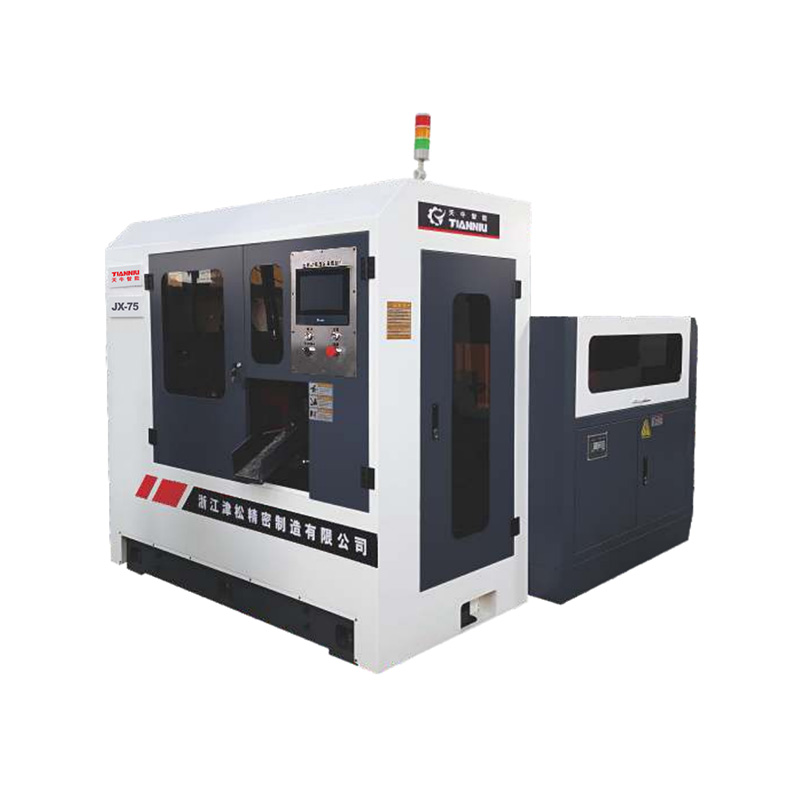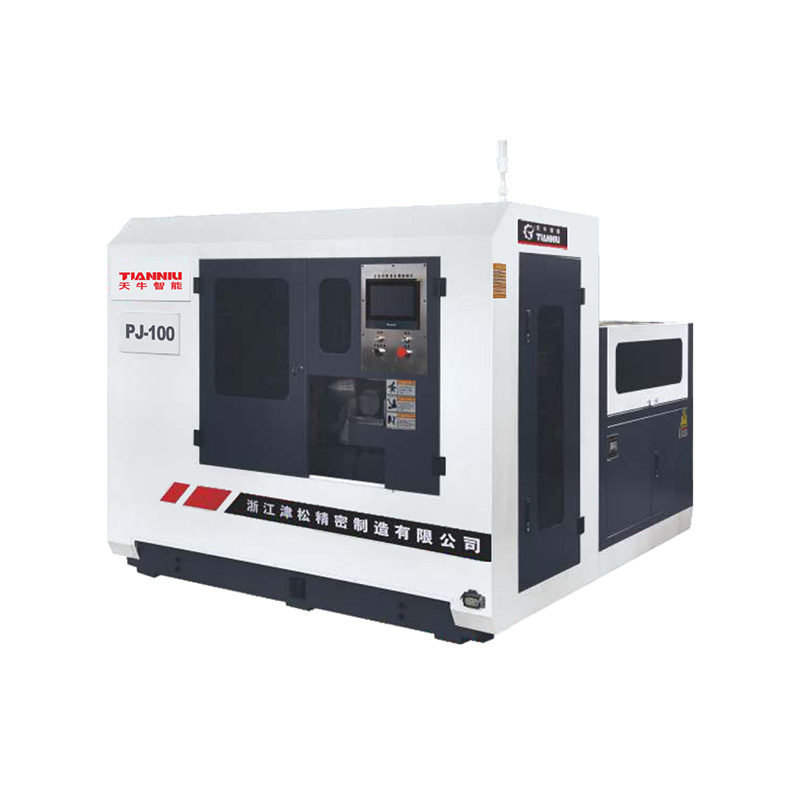Email: hujin@chinahujin.cn
How to Achieve Precise Cuts When Cutting Angles on a Bandsaw?
Achieving precise cuts when working with angles on a bandsaw is a skill that can significantly elevate the quality of your woodworking or metalworking projects. Whether you're a seasoned professional or a novice looking to refine your technique, understanding the nuances of angle band saw operation is crucial.
The angle band saw is a versatile tool that allows for a wide range of cutting angles, making it ideal for intricate designs and complex projects. To begin with, ensure that your angle band saw is set up correctly. This includes checking the tension of the blade, ensuring the table is level, and confirming that the miter gauge is securely attached.
When cutting angles on a bandsaw, it's essential to start with a clear understanding of the desired angle. Mark the angle on your material before setting it on the bandsaw table. Use a protractor or angle finder to ensure accuracy. The angle band saw's miter gauge should be adjusted to match the marked angle, providing a stable and accurate guide for the cut.
For those who require mobility and flexibility, cutting angles with a portable band saw offers a convenient solution. Portable band saws are lightweight and can be easily transported to different work sites. However, the key to achieving precise cuts with a portable band saw lies in the setup. Just like with a stationary angle band saw, ensure that the blade is properly tensioned, and the cutting guide is accurately aligned with the marked angle.
Techniques for Precise Angle Cutting:
1. Consistent Blade Speed: Maintain a steady feed rate when cutting angles on a bandsaw. Sudden changes in speed can cause uneven cuts and potential inaccuracies.
2. Proper Blade Selection: Choose the right blade for your material and the desired angle. A tooth pitch that is too coarse may not provide the necessary detail for intricate angles, while a pitch that is too fine may cause the blade to bind.
3. Supporting the Material: Ensure that the material is well-supported during the cut. Use feather boards or other clamping devices to hold the material securely in place, preventing it from shifting during the cut.
4. Practice and Patience: As with any skill, practice is key to mastering the art of cutting angles on a bandsaw. Start with simple angles and gradually work your way up to more complex cuts.
5. Safety First: Always follow safety guidelines when operating a bandsaw. Wear appropriate protective gear, such as safety glasses and hearing protection, and never force a cut.
Cutting angles on a bandsaw can present several challenges, such as blade drift, material tear-out, and maintaining a consistent angle. To combat blade drift, ensure that the blade is sharp and properly aligned. For tear-out issues, consider using a scoring tool to pre-mark the material before making the final cut. Consistency in angle cutting can be achieved through careful measurement and the use of a reliable angle setting mechanism on your angle band saw.
As technology advances, so does the capability of angle band saws. Modern angle band saws are equipped with digital readouts and laser guides, which further enhance the precision of angle cutting. Additionally, the integration of CNC technology in band saws allows for automated and repeatable angle cutting, streamlining the production process for manufacturers.
The angle band saw is an indispensable tool for anyone looking to add a touch of finesse to their projects. By understanding the nuances of cutting angles on a bandsaw and embracing the benefits of cutting angles with a portable band saw, you can elevate your work to new heights.
 English
English русский
русский عربى
عربى






